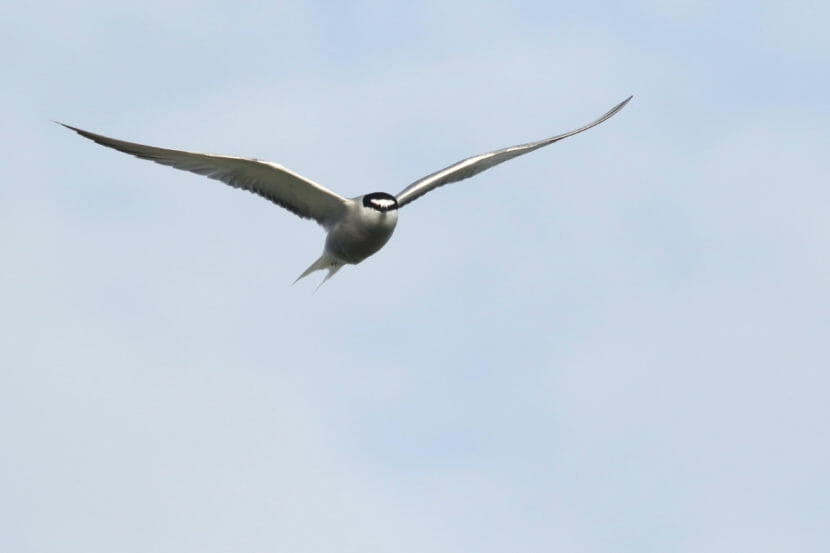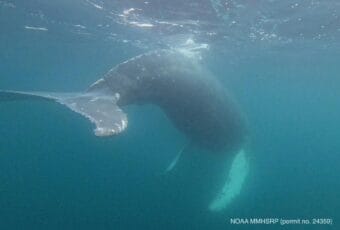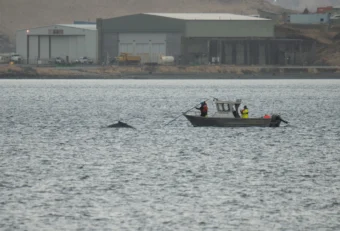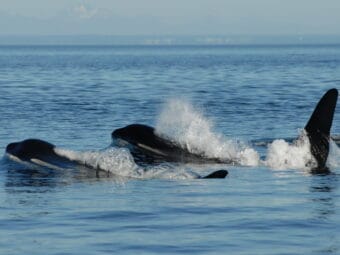
Biologists say Alaska’s known population of Aleutian terns has declined more than 90% since 1960. The data they have says it’s the fastest decline of any seabird species in the state, but they want to make sure they have that right. Now a coalition of scientists is working on a statewide count to make sure they aren’t overestimating the decline.
“It certainly feels like we are watching the species slowly disappear,” said Heather Renner, a biologist for the Alaska Maritime National Wildlife Refuge. “Really, the problem has been that nobody’s been studying them.”
Renner’s research from 2015 showed only about 5,000 Aleutian terns in the state. It helped prompt a collective effort to understand and conserve the threatened species.
Studying a migratory bird in a place as big as Alaska is not easy. Aleutian terns spend only three-to-four months here, and their range extends nearly 10,000 miles to places like Indonesia, the Philippines and Borneo.
“Aleutian terns are notoriously hard to study because they nest in pretty small colonies,” Renner said. “We also know that they tend to move around, so our little short-term snapshots are challenging to interpret.”
The same characteristics that make them hard to study also make them a sought-after find for birders and outdoor enthusiasts.
“Aleutian terns are a really special bird that not everybody gets to see. They’re not well known to many Alaskan birders because many of the colonies are off of the road system,” Renner said.
Aleutian terns only breed in Alaska and the Russian far east. They’re coastal birds that feed by plunge-diving into the sea after small fish, with a global population estimated at just 30,000 birds. They look a lot like Arctic terns, with silver-gray bodies and a black head, but Aleutian terns have a distinctive white patch on the forehead. Most tern calls are harsh; birders say the Aleutian tern’s call is softer.
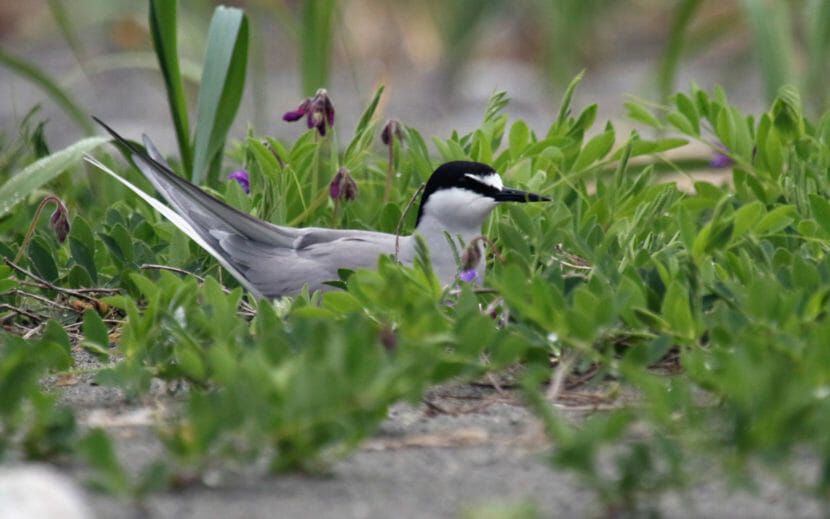
Renner says biologists don’t know what’s causing their precipitous decline. But it isn’t unusual anymore for a bird species’ population to crash. One study says that the bird population in North America has declined by about a third since the 1970s. The National Audubon Society reports that about two-thirds of the continent’s bird population face major challenges, including extinction.
“The challenge is that we don’t have a local threat that’s known, a single thing that we can fix. My best guess is that it’s related to something in the marine environment,” Renner said.
One study pinned a die-off of Arctic terns to algal toxins that get to terns through the fish in their diet. Renner says even though Aleutian terns also eat those fish, it’s hard for her to imagine that could account for such broad-scale, range-wide declines over several decades.
Yakutat has the largest known breeding colony of Aleutian terns in the state, at Black Sand Spit.
Susan Oehlers is a biologist for the U.S. Forest Service there. She says there’s a lot of variability in the yearly population count, even at what’s considered a stable nesting area.
“In 2013 we had 2,000, and then in 2019-2020, we had 1,000. And then the last couple years, it’s been only several hundred,” she said.
Oehlers says when numbers drop, it could mean that some of the birds are nesting elsewhere. But the dramatic downward trend has spurred action among bird biologists statewide.
A statewide working group has members from several different state and federal agencies. They’re doing direct counts, but also using tools like drones and song meters to get a better count. They plan to have a solid population estimate in the next couple of years.
